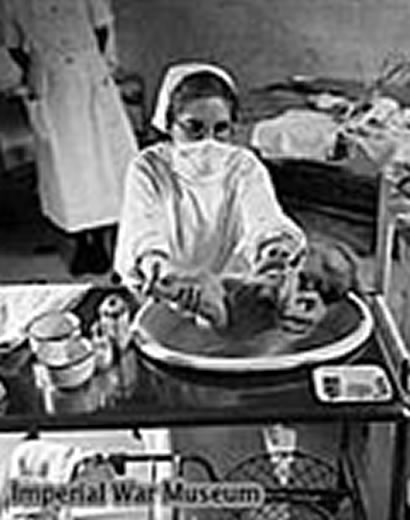Brocket Babies Memorial
Memorial was dedicated at a service on the 9th April 2016
In April 2015 LLHG attended a reunion of the Brocket Babies and June a daughter of Mum who attended Brocket Hall in the 1940s who attended who wanted information about the Stillborn babies. Her question was where are the stillborn babies buried? We did not know but after talking to various people came to the conclusion that in the 1940s the babies were passed on to the local undertaker, who would place them in a stranger’s coffin. The babies were not registered and no records would be kept of burial or location. This led to further research; LLHG had the following information.
St John’s Church Lemsford records 62 babies born but sadly died later (the youngest 5 minutes) there is no written record of stillborn babies being laid to rest but it makes sense that this area was used to bury them. We contacted Justin Burgess (funeral directors) to find out about cemeteries in use in the area in the 1940s. We told him of our findings and suggested a memorial would be appropriate. Without a moment’s thought he donated a memorial.
Near the gate between St. John's church and the school is a memorial to the 62 babies born in Brocket Hall Maternity Hospital who died shortly after birth and also to the unknown number who were stillborn. The memorial was dedicated by the Revd. Ron Ingamells at a service on the 9th April 2016 at which a group of Brocket Babies participated.
The Brocket Babies
On the outbreak of war in 1939, the London Maternity Hospital equipped and staffed Brocket Hall as a 50 bed maternity unit for evacuated mothers. The maternity hospital in City Road was badly damaged by bombing on l0 September 1940 and again on the 16 April 1941 and the 10 May 1941. Expectant mothers were sent to Brocket Hall and a total of 8,338 Brocket Babies were born in the peace of the countryside.
Mr Christy Brown, a surgeon in Harley Street made the financial arrangements for the evacuation of the mothers. The first Brocket baby was born on the 3rd September 1939, and the last on the 27th November 1949. Lord Melbourne's Room was the birthing centre and the Prince Regent's Chinese Room was used for recovery. Some of the mothers remember being startled by the Chinese style wallpaper as the anaesthetic wore off.
Lemsford House, the original Vicarage next to the church on Brocket Road, was used to accommodate unmarried mothers whose babies were born in Brocket Hall and were to be put up for adoption. 132 babies were baptised in St. John's church, Lemsford with only the mother's name recorded between July 1940 and February1948.
Lemsford House, the original Vicarage next to the church on Brocket Road, was used to accommodate unmarried mothers whose babies were born in Brocket Hall and were to be put up for adoption. 132 babies were baptised in St. John's church, Lemsford with only the mother's name recorded between July 1940 and February1948.
At the end of war in 1946, the City of London Maternity Hospital took over financial responsibility for Brocket Hall from Hertfordshire County Council. It was decided not to rebuild the hospital on the very noisy site in City Road and after several moves it is now the City of London Maternity Unit at the Whittington Hospital in Islington. 25








